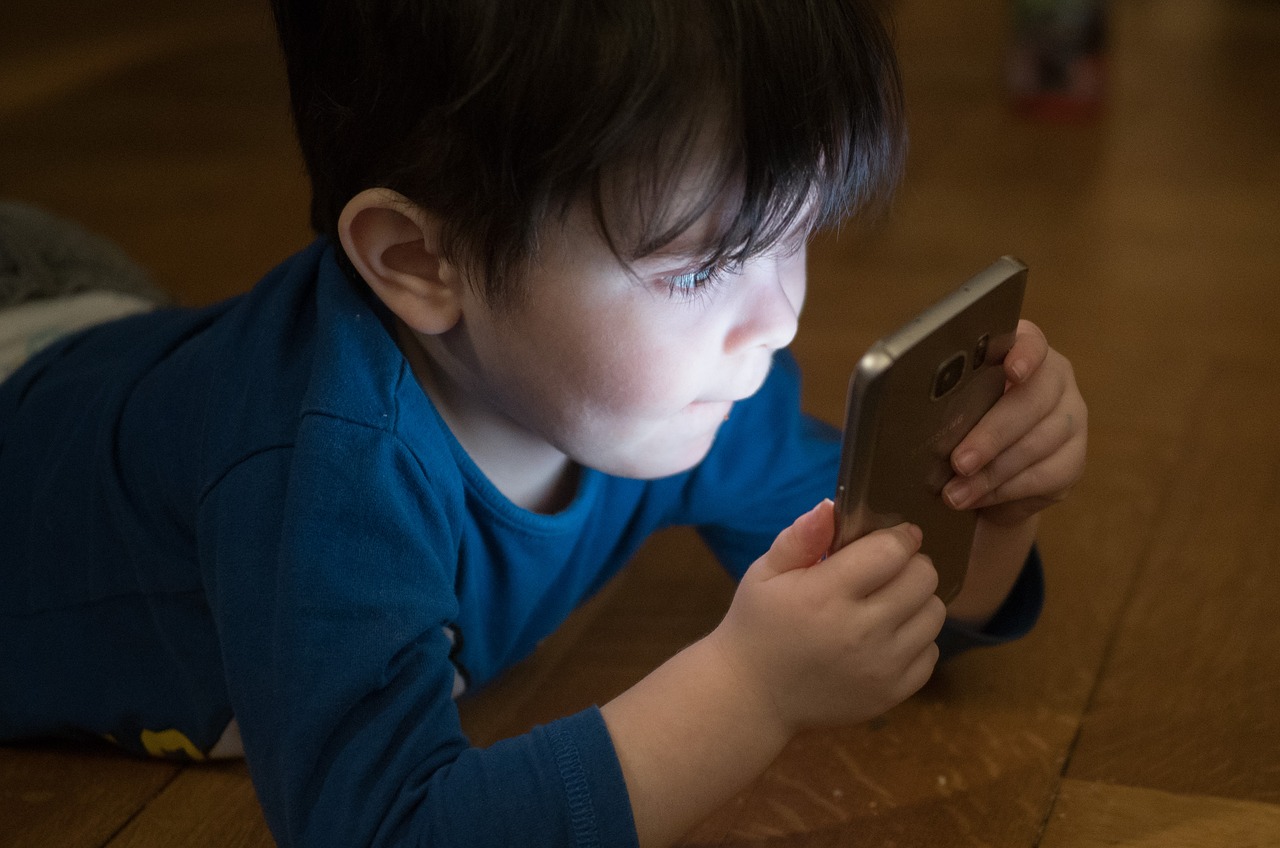A recent study found that boys under five years old who watch television and use electronic devices over a long period of time have higher body fat as compared to girls who do the same.
Carried out from December 2011 to February 2019, the study surveyed 1,000 young children, including participants of the Growing Up in Singapore Towards healthy Outcomes (GUSTO) cohort study, and was led by Associate Professor Falk Müller-Riemenschneider, Programme Leader (Physical Activity and Nutrition Determinants in Asia).
Results showed that a large proportion of Singaporean children are increasingly using screen devices and their screen time is on the rise, from 60 to 120 minutes among children aged 6 and 24 months.
“Excessive screen-viewing has become a major public health concern, as we track early childhood screen-viewing behaviour over time. Usage of smartphones and tablets among toddlers have increased, signalling that more young children are exposed to health risks brought about by sedentary behaviours,” said A/Prof Müller-Riemenschneider.
“Our results raise the possibility that reducing screen-viewing time for young children and channelling their attention to other non-sedentary behaviours such as active plays, could possibly prevent adverse health outcomes later in childhood and over the life course,” he added.
The findings suggest that preventing sedentary behaviour spent watching all types of screen as early as toddlerhood, especially for boys, could potentially reduce the risk of childhood obesity in later years.
Meanwhile, more must be done to study why the effect of screen-viewing time is more pronounced in boys than girls. The researchers proposed several reasons; one underlying reason might be that screen-viewing time displaces physical activity in boys which will reduce the energy expenditure and bring them closer to the risk of adiposity excess. Compared to boys, girls are more likely to engage in non-screen-based sedentary behaviour, so the impact of the screen-viewing time may not be as pronounced.
The study was done in collaboration with researchers from NUS Medicine, National University Health System, A*STAR’s Institute for Clinical Sciences (SICS), KK Women’s and Children Hospital, National University Hospital, as well as other local and overseas institutions.
Media coverage:
